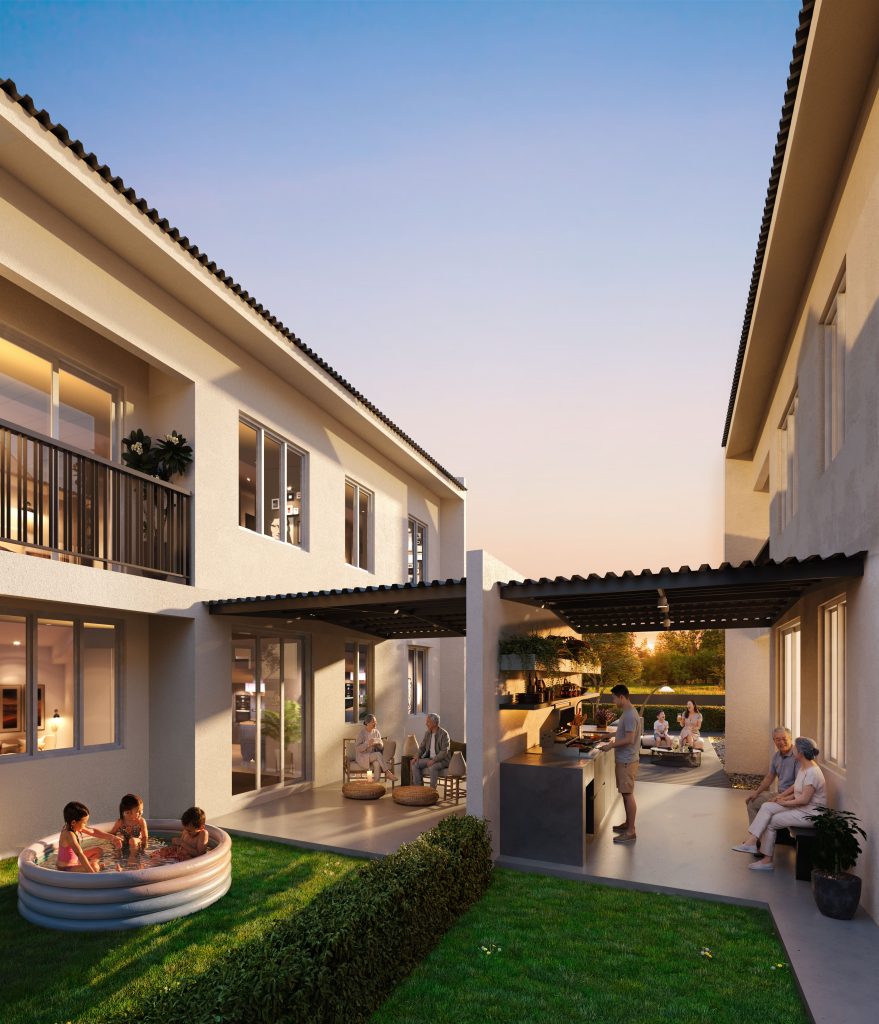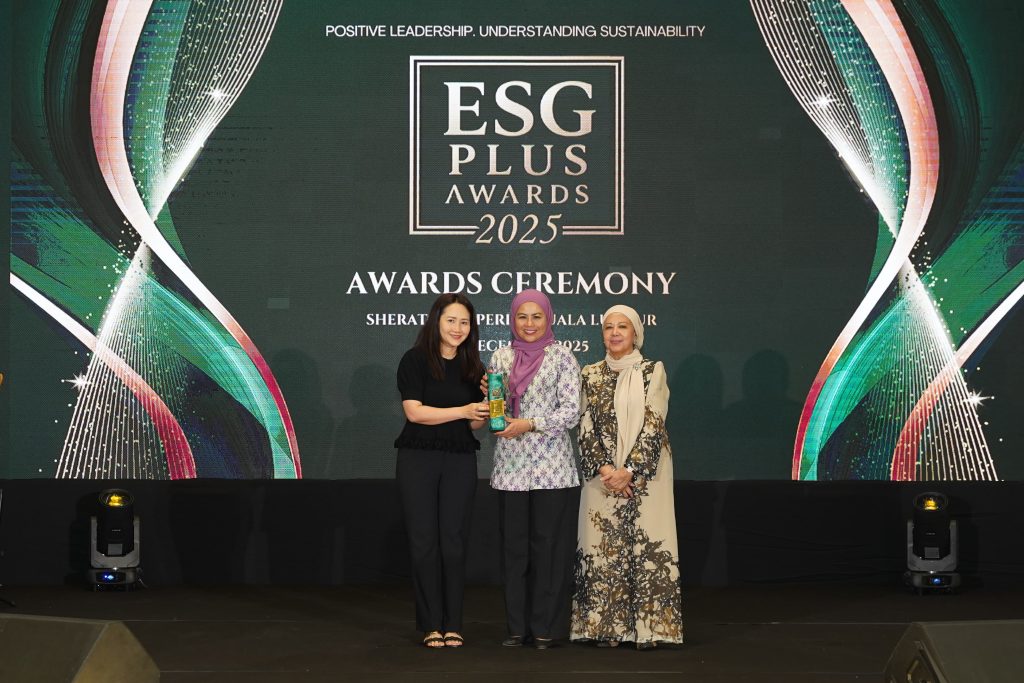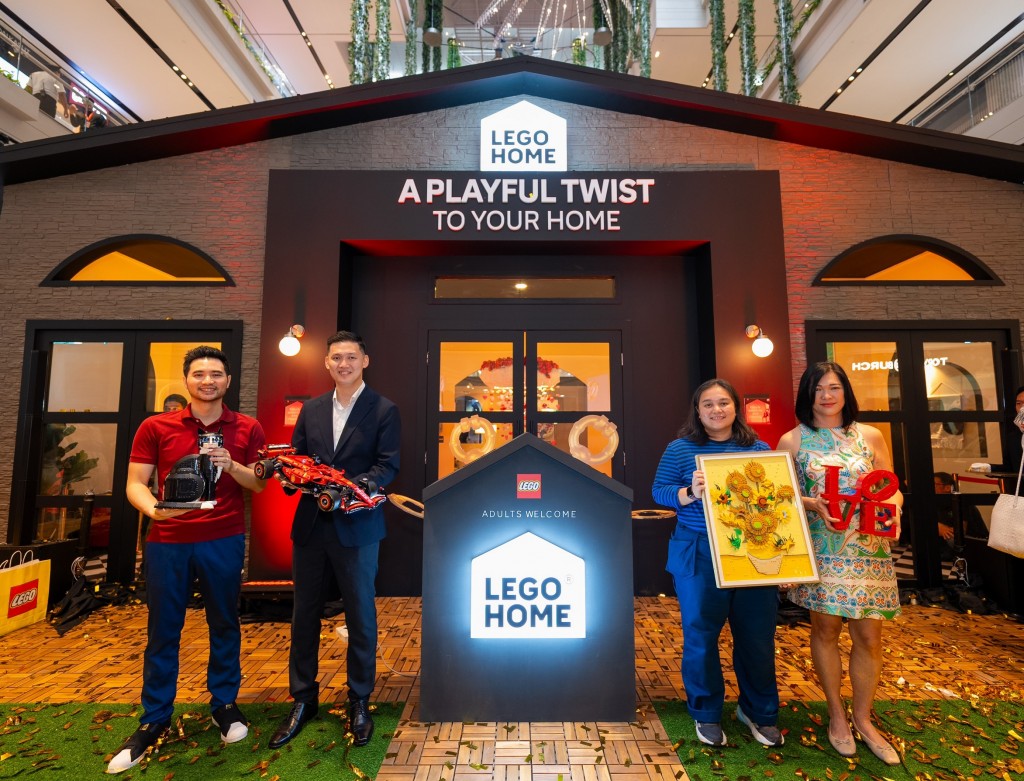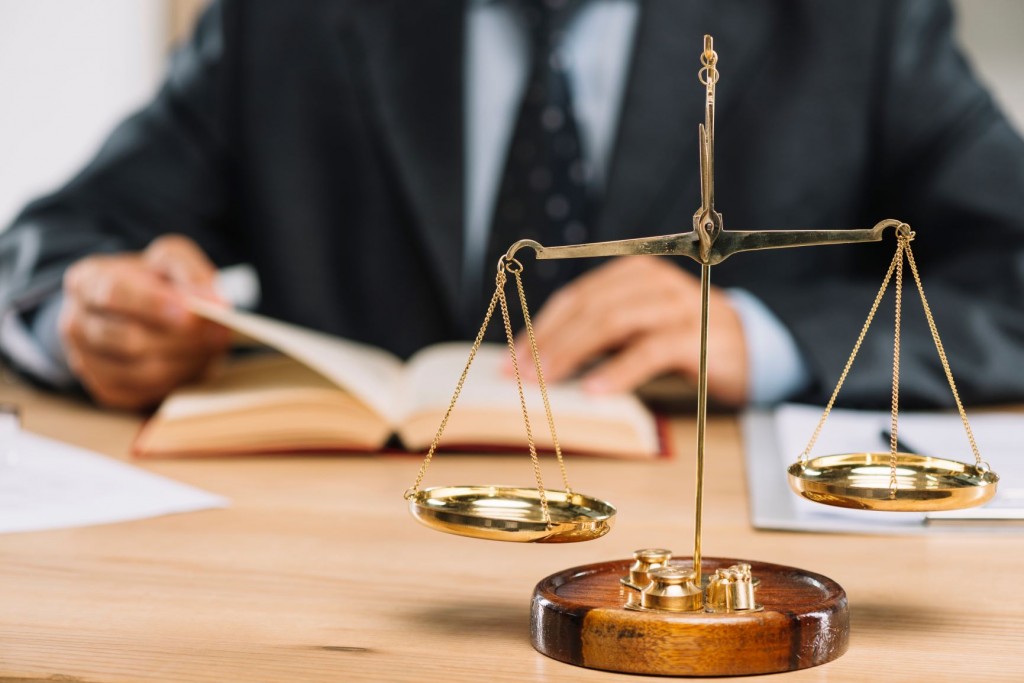
Malaysia has some of the world’s tallest buildings. Any structure rising above 300m in height imposes a different and new set of circumstances and requirements.
Anticipating the disruptions to make skyscrapers last beyond the century
Contributed by Miguel A Robles–Cardona
Resilience refers to how a building, a city or a system can bounce back after a massive disruption to the norm and how it does so by allowing the residents, the visitors or the occupants of the building to live with comfort, without falling sick or without feeling miserable. Sustainability is a part of resilience but resilience is a much wider subject matter.
When it comes to building design, resilience means starting the design process by thinking carefully about the typical use scenarios of the building, the common points of stress due to normal use as well as the most likely, or unlikely, disaster situations in the natural or man-made environment that may challenge the integrity of the building, endanger or cause disruptions to its occupants. The local environment always plays a critical role in determining the factors that make a building resilient, so resilient design is always locally specific.
Designing Supertall buildings
Supertall buildings or buildings above 300m in height, according to the Council on Tall Buildings and Urban Habitat, are a relatively new design category. Such skyscrapers are very different to other high-rise buildings, just as a university campus is different to a school or a stadium to a football field. Any structure rising above 300m in height imposes a different and new set of circumstances and requirements, where gravity, wind, structure, vertical transportation and other building services and, very importantly, fire evacuation, require a completely different approach.
This requires the complex interaction of numerous consultants and specialists from several disciplines, orchestrated by the architect to meet the client’s aspirations. And this is only at the design stage, even before the construction starts. Ultimately, creating a resilient supertall building leverages on getting the science of architecture right under this set of parameters. But this is a topic on its own.
Supertall buildings under crisis
The terrorist attacks in Manhattan on Sept 11, 2001 were a hiccup in the history of skyscrapers. Architects all over the world wondered whether we would ever build that tall again. Several supertall buildings under design in America and all over the world were trimmed down or simply called off for fear of becoming a target. While that fear diminished soon after, there was a set of lessons learnt from that tragedy that entirely and permanently changed the way we design skyscrapers today. Covid-19 has also imposed an unprecedented set of challenges on our buildings and our cities. We are yet to see which ones of those will remain, either based on their social value or their financial viability.
Resilience measures the ability and readiness of our buildings and cities to face challenges, foreseeable or unforeseeable circumstances and crises, that may stretch their ability to continue serving their purpose without, or with minimal, disruptions. These strategies can be broken down into six different categories.
Redundancy
Redundancy is possibly the most important feature that makes a building resilient. It relies on the incorporation of duplicative structures and systems that allow buildings to function despite disruptions but also on how these systems are streamlined to achieve their maximum efficiency.
Under a basic approach, these redundancies may well be covered by increasing some of the current statutory provisions on water storage, power supply or air supply. However, an in-detail analysis may advise other planning strategies related to where these backup supplies shall be located or even their geometry.
It also refers to redundancies in the security provisions, where several visible and invisible tiers of control are placed across the building to prevent the unauthorised access of persons and goods. While many of these provisions are based on sophisticated technology such as scanners, alarm systems, access-controlled gates, CCTV or destination-based lifts, several are related to the building planning like independent accesses or sky-lobbies that allow a second layer of security after visitors disembark the shuttle lifts.
More specifically applied to supertall buildings, the 11/9 terrorist attacks also taught us about the importance of structural redundancy, giving place to a new structural idiom to prevent the building from progressive collapse in the event of a catastrophic structural failure by allowing the loads to find an alternative path to the ground.
On another hand, a supertall building must fight its own fire internally, requiring far more robust considerations of both its passive and active fire strategies. The introduction of refuge floors, the use of sky bridges and elevators to facilitate the evacuation, allowing wider staircases to overcome the counterflow and congestion due to slow evacuation and fatigue, the extensive use of fire-resistant materials to limit the fire load of the building, performance-based fire engineering, but also the regular maintenance and testing of the active fire protection systems, are some of the immediate fire safety considerations to be taken when designing a supertall building.

Disruptions can come in many different forms from pandemics to terrorist attacks which has an impact on future building designs.
Adaptability and flexibility
Adaptability and flexibility relate to the building’s ability to be retrofitted or repurposed in the future, and to respond to the local context, accommodating changing environmental and social conditions and needs. This requires, obviously, the parallel implementation of policies that allow our buildings to be versatile, not only design-wise but also statutory-wise.
The floor plate depth or the distance from the core to the façade line, allowing sufficient daylight to penetrate the building or the floor plate size, ensuring a commercially viable efficiency, are two of the basic principles to create resilient buildings.
However, and very importantly when talking about high-rise buildings designed for a lifespan that will survive us, there are several other design, structure and services considerations to be deployed at the design stage that will determine how adaptable, flexible and resilient our buildings are. The extensive use of post-tensioned (PT) slabs and beams versus conventional reinforced concrete framings, although very appealing due to their cost effectiveness and speed of construction, may challenge the ability of a building to be retrofitted as PT structures are less than flexible when it comes to creating new openings for services. This is particularly important in office buildings and car park structures when those, perhaps 50 years down the road, may require to be retrofitted for other residential or commercial uses.
Likewise, particularly relevant when designing mixed-use towers where several uses exist on a vertical stack, the alignment and sizing of the service shafts, including aircon ledges or other aircon systems, becomes crucial in determining the ability of the building to be repurposed. On another hand, the provision of windows and balconies in supertalls, even for non-residential and curtain-walled buildings, allows flexibility to retrofit an office building into a residential one with outdoor opportunities under lock-down situations and an alternative means for ventilation in the event of fire or mechanical or power failure of the aircon and mechanical ventilation systems.
Interdependency
Interdependency offers a holistic approach to the building, the site, the community and the city. Mixed-use developments are resilient by nature and excel particularly well in different uses, functions or components, which may well support and reinforce each other. This way, commutes are reduced and buildings as well as their systems are kept alive 24/7 versus the regular daily use cycles of single-use buildings.
On another hand, the provision of common and private landscaped areas within the building itself allows outdoor opportunities for its occupants within the premises. These landscaped areas not only reduce the heat island effect but also become crucial under lock-down situations. This city within a city, when connected to the mass transit and pedestrian networks of the city, creates a powerful interwoven system where the boundaries of the public domain blur, no longer defined by the buildings’ edges and new vertical urban corridors and horizontal indoor streets find their way through the city superblocks.
Regenerative and restorative
High-rise buildings, in particular supertalls, are designed to last - the very deep foundations and basements make them very difficult to demolish, dismantle or replace, becoming, in many cases, the final building.
While being financially viable is inevitable, remaining commercially appealing is a must and this is particularly relevant for commercial spaces, especially offices, where sustainability and environmental responsibility has become a crucial aspect for most leading corporations. Several studies have proven that, especially in commercial buildings, the return on the investment required to create an environmentally friendly building is surprisingly appealing.
Beyond the commercial aspects of it, buildings that are regenerative and restorative are better equipped to overcome future physical and health disruptions or financial and social challenges, and therefore, are ultimately more resilient. Regenerative buildings are those that incorporate systems that reduce the demand on fossil energy sources and infrastructure systems while reducing their carbon footprint, and restorative buildings can restore not only natural resources but health and well-being to the societies they belong.
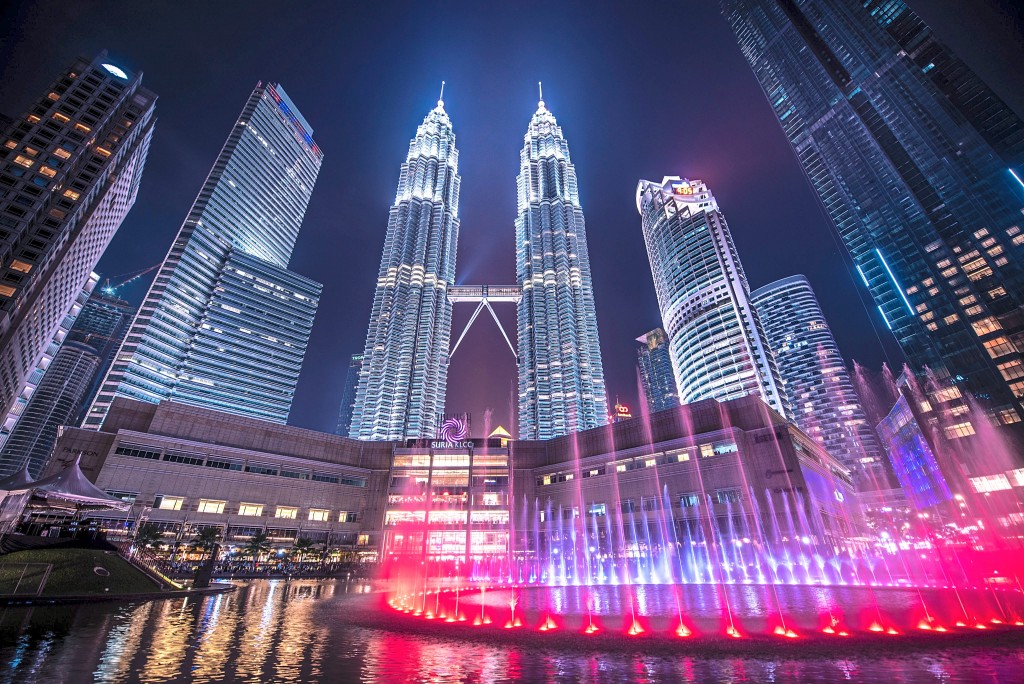
Skyscrapers have the drawing power that can be beneficial to its surrounding buildings and businesses.
Durability and value
To be resilient, high-rise buildings must offer long-lasting long-term value propositions. Structures are generally designed for a 50-year lifespan but, with regular maintenance, they can last for 100 years and longer. On the other hand, buildings’ mechanical and electrical services and systems are designed to last 15 to 30 years but, with regular maintenance, can last up to 50 years. This means that just like nature does with the human body, architects and developers must ensure that buildings are fit for their purpose throughout their entire lifespans. The proper maintenance of a building starts with a proper design, where details and appropriate construction solutions are developed to respond to the local conditions and environment. And systems, particularly the building’s services and envelope, must be easily accessible to carry out periodic maintenance and repairs. An adequate selection of building materials, equipment and fittings greatly improves the durability of the buildings.
Supertall buildings provide other social, environmental and economic benefits as well to their surrounding communities, being magnets for financial activities and, often, urban catalysts for the development, regeneration or growth of certain areas of the city. Supertall buildings create great value for their neighbourhoods and the properties around them, often more than for the supertall itself. Also, very often, supertalls symbolise landmarks that orient the citizens and tourists in the city.
Social and cultural responsiveness
Supertalls offer unparalleled opportunities to reflect the local culture. Besides the value and benefits to the community mentioned earlier, local visual and cultural references of arts and crafts can be reinterpreted as design motifs and building technology. The building's massing, the way it responds to the urban fabric, acknowledges and addresses its presence at both the pedestrian scale and the city skyline, especially through the façade design, can be localised.
In many cases, the value of these buildings resides on what they can give back to the city, by creating landmarks on the ground or in the sky, by adding value to the neighbourhood and the surrounding properties, or by increasing the public realm while creating powerful and long-lasting memories for the community, along with a sense of pride and belonging.
Towards resilient architecture
Resilience measures the ability and readiness of our buildings to overcome challenging situations and crises and to continue serving their purpose despite disruptions. We may need to wait to see what the permanent changes that current and future disruptions will impose on our buildings’ design or which ones, perhaps different from those explained, will be the key in the future. Be one or another, I am certain that those who embrace some of these changes today will better future proof our cities and buildings of tomorrow.

Dr Miguel A Robles-Cardona is an associate architect at Veritas Design Group, one of the largest design firms in Southeast Asia. Based at its headquarters in Kuala Lumpur, he plays a leading role in one of Veritas’ signature projects, the 80-storey Oxley Towers.
Stay ahead of the crowd and enjoy fresh insights on real estate, property development, and lifestyle trends when you subscribe to our newsletter and follow us on social media.




